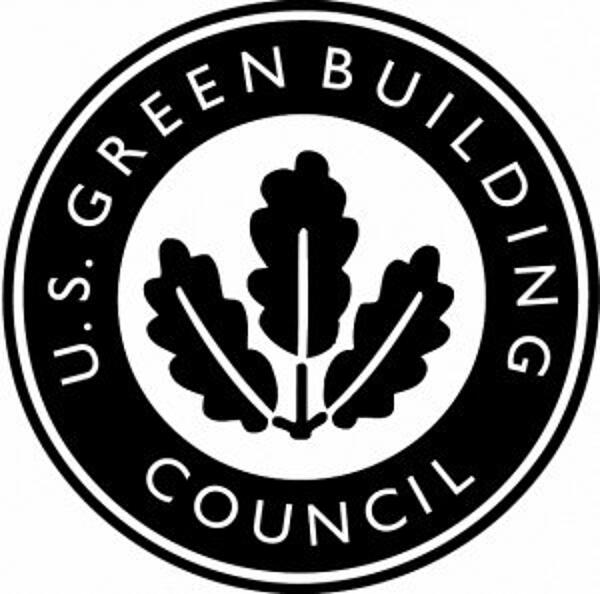AGA Working to Produce Environmental Product Declaration (EPD)

In 2013, the US Green Building Council (USGBC) approved the new LEED v4 rating system, which revamped the Materials & Resources credit area. The change targets more transparency in materials to aid the specifier in picking more sustainable building products. One of the biggest knocks on LEED in the past has been its prescriptive nature, leading a number of green building proponents to challenge if LEED certification did in fact mean a sustainable building. The v4 Materials & Resources credits have been changed to more objective measures – Environmental Product Declarations (EPDs) which are based on life-cycle assessment (LCA) data. In our opinion, this more objective and transparent measurement of sustainability favors hot-dip galvanized steel because of its terrific durability, low life-cycle cost, and 100% recyclability – unmatched by most competitive systems.
Although building construction is not a huge consumer of hot-dip galvanized steel, there are a number of pertinent reasons for the AGA to pursue establishing an EPD. First and foremost, the AGA and hot-dip galvanizing industry are committed to sustainability. This commitment is long-standing and has been reinforced throughout the years; first in the creation of the Sustainable Development Charter in 2005, then the LCA study conducted in 2008, and most recently in December 2013 when the Market Development Committee (MDC) highlighted sustainability as the AGA’s top priority for the industry (along with targeting more emerging professionals). EPDs are the next step in reaffirming our commitment to sustainable development and go hand-in-hand with marketing to emerging professionals. Currently, the students AGA interacts with belief HDG is sustainable, and it is important we continue to nurture and expand that belief so it is ingrained in every specifier’s mind.
In addition to the commitment to sustainable development, the transparency of the new LEED system lends itself to being easily adopted by other sectors/markets. Past versions of LEED were confusing and very specific to building markets. The changes to the Materials & Resources credits now require objective measures and studies to show the material’s sustainable aspects. Currently the biggest LEED proponent to date is governments – federal, state, and local – as many of them require LEED certification on their buildings and GSA contracts. As government officials have adopted LEED practices for their buildings, it is easy to see how they could apply the new transparent standards in EPDs, Health Product Declarations (HPDs) and responsible sourcing to other projects such as infrastructure.
The AGA has kept the hot-dip galvanizing industry “ahead of the curve” on sustainability, and pursuing a new EPD study continues that momentum. Starting in June 2015, specifiers are required to start adopting the LEED v4 standard on all new buildings. By beginning the process now, the AGA will be able to complete the new study before the changes go in effect. The AGA is currently working with PE International, a world renowned LCA and EPD consultant, to finalize the scope of the new study. Once the scope is settled, the AGA will collect the data for the study. The AGA will partner with the American Institute of Steel Construction (AISC) for fabricated steel data, IZA for zinc data, and will collect necessary data from members for the galvanizing data. The study should be completed by the end of the year.
Sustainable development is the social, economic, and environmental commitment to meet the needs of the present without compromising the ability of future generations to meet their own needs. By committing to this study, the AGA will strengthen its commitment to this organizing principle to protect the quality of life for future generations.

